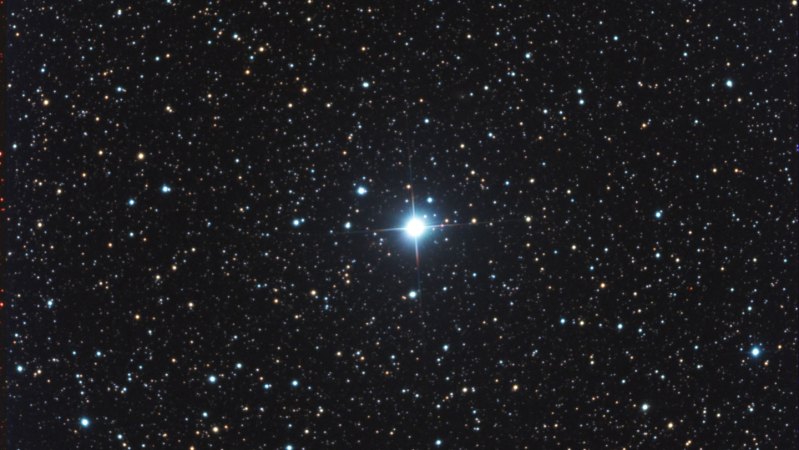
In a spectacular display of cosmic fireworks, two exploding stars, V462 Lupi and V572 Velorum, are currently visible in the southern sky. This rare astronomical event is best observed from the Southern Hemisphere, although one of the stars has been spotted from the United States, offering a unique opportunity for stargazers worldwide.
The phenomenon of exploding stars, or novae, occurs when a white dwarf star in a binary system accretes material from its companion star, leading to a thermonuclear explosion on its surface. This results in a dramatic increase in brightness, making these stars visible to the naked eye.
The Science Behind the Spectacle
V462 Lupi and V572 Velorum are both classical novae, a type of stellar explosion that has fascinated astronomers for centuries. According to Dr. Sarah Johnson, an astrophysicist at the University of Sydney, “These events are not only visually stunning but also provide valuable insights into the life cycles of stars and the dynamics of binary systems.”
Dr. Johnson explains that the brightness of a nova can increase by several magnitudes, making it possible to observe from Earth without the aid of telescopes. “It’s a temporary but brilliant display,” she adds, emphasizing the importance of such events in understanding stellar evolution.
Historical Context and Significance
The observation of novae dates back to ancient times, with records from Chinese astronomers describing “guest stars” appearing in the sky. In modern astronomy, the study of novae has contributed significantly to the field of astrophysics, particularly in the areas of stellar nucleosynthesis and the interstellar medium.
Historically, novae have been mistaken for supernovae, which are far more powerful and result in the complete destruction of the star. However, unlike supernovae, novae are recurring events, as the white dwarf can continue to accrete material and undergo subsequent explosions.
Observing the Event
The current visibility of V462 Lupi and V572 Velorum presents a rare opportunity for amateur astronomers and enthusiasts. The best viewing conditions are found in the Southern Hemisphere, where the stars are located in the constellations of Lupus and Vela, respectively. However, with clear skies, observers in the Northern Hemisphere, including parts of the United States, may also catch a glimpse.
According to the American Association of Variable Star Observers (AAVSO), “This is an exciting time for stargazers. Both V462 Lupi and V572 Velorum are currently at their peak brightness, making them accessible even without sophisticated equipment.”
Implications for Future Research
The observation of these novae not only captivates the public but also provides scientists with crucial data. Future research could focus on the frequency of such events and their impact on surrounding interstellar environments. Additionally, the study of novae contributes to our understanding of the universe’s chemical composition, as these explosions release heavy elements into space.
Looking forward, astronomers hope to use advancements in technology, such as space-based telescopes and spectroscopy, to gain deeper insights into the mechanisms driving these stellar explosions. As Dr. Johnson notes, “Each nova we observe adds a piece to the puzzle of how stars evolve and interact with their cosmic surroundings.”
For now, the celestial show continues to unfold, offering both a visual treat and a scientific treasure trove. As the stars blaze brightly in the southern skies, they remind us of the dynamic and ever-changing nature of the universe.






